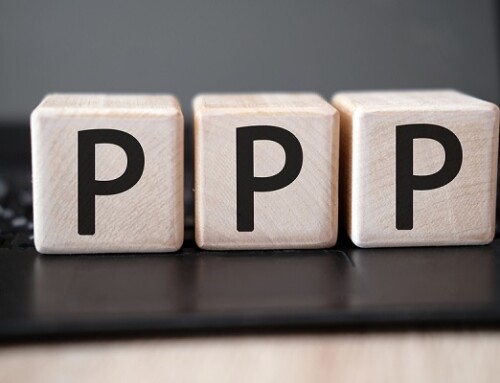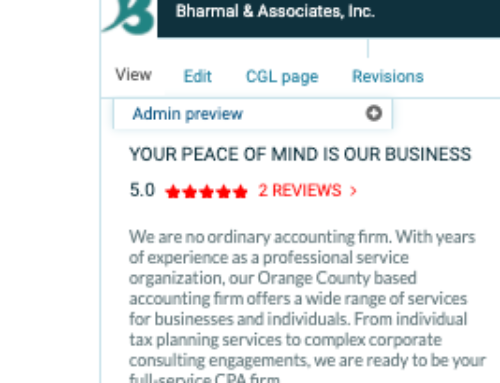Funding your retirement and paying your child’s college education are two of the biggest financial challenges you’ll face in your life.
Conventional wisdom says that it’s best to (1) fund your retirement before your child’s college and (2) use your retirement savings for your retirement and not your child’s college expenses.
We agree with the conventional wisdom and strongly urge you not to use your retirement savings to pay for your child’s college.
We suggest that you consider the Section 529 plan as a possible source for funding. It works like this for income tax purposes:
- No tax deduction for the money you put into the plan
- Tax-free growth inside the plan
- Tax-free distribution when the money or prepaid tuition is used for college
For gift-tax purposes, the 529 plan works like this: contributions to 529 plans are taxable gifts eligible for the $14,000 per donee annual gift-tax exclusion (2017 amount), which doubles to $28,000 if your spouse consents to gift splitting.
The tax code contains a special option for 529 plans that allows you to spread the contribution over a five-year period so as to take advantage of the $14,000 annual exclusion. For example, you can contribute $70,000 to the 529 plan and use five years of the $14,000 exclusion to avoid any gift taxes. You and your spouse with combined consent could contribute $140,000 and use the five-year rule to avoid gift taxes.
You can contribute more than the gift-tax exclusions and simply use some of your combined lifetime $5,490,000 estate tax exclusion ($10,980,000 for you and your spouse if properly structured). For example, you contribute $214,000 to a 529 plan, claim $14,000 for the gift-tax exclusion, and apply $200,000 to your estate tax exclusion, reducing that to $5,290,000.
There are two types of 529 plans:
- Prepaid tuition plan. Under this plan, you pay tuition at today’s tuition rates (possibly discounted some) and the plan assumes the financial risk. For example, your child is three years old and you pay for four years of college at today’s tuition. Regardless of what the tuition is 15 years from now, your child’s tuition is paid. You receive no tax deductions for the money you put into the prepaid tuition plan, but you also don’t pay any taxes on the financial benefit you receive when your child goes to college at the discounted tuition rates. (Because you live in the United States and the United States strives for an inflationary economy, you can pretty much count on today’s tuition being substantially less than the tuition 15 years from now.)
- Savings plan. In this plan, you don’t get a tax deduction for the money you put into the plan, but the money grows tax-free inside the plan, and there’s no tax when the money from the plan is used for college. For example, you invest $200,000 in the plan today, when your child is three years old. When your child is age 18, the savings plan has grown tax-free to $420,000. You can now take that money from the savings plan tax-free if you use it for your child’s college.
With the prepaid plan, you’re betting that the increase in tuition will outpace what your investment in the 529 savings plan would produce. Also, there’s no effort needed to manage the investments after you invest. Prepaid plans exist with most 529 state plans and also with the Private College 529 Plan that has 300 private colleges as participants.
Savings plans do not promise, as prepaid plans do, that a certain amount will fund a certain number of credit hours on a certain date. Instead, you’ve got to determine how much to contribute. When guesstimating your annual contribution, a good rule of thumb is that tuition increases at twice the rate of inflation.
The 529 plan distributions are tax-free if used for qualified higher education expenses, which include tuition, fees, books, supplies, and equipment required for enrollment or attendance at an eligible educational institution. Room and board are included if your child attends at least half time. So are computer-related expenses if primarily incurred during the time your child is enrolled in school.
Money in a 529 plan, whether you or your child owns the account, does count against you and your child when figuring the financial aid you and your child would qualify for.
We’re happy to answer any questions or do any analysis to help you in your mission to fund your child’s college education. Please don’t hesitate to give us a call if you would like my help.





